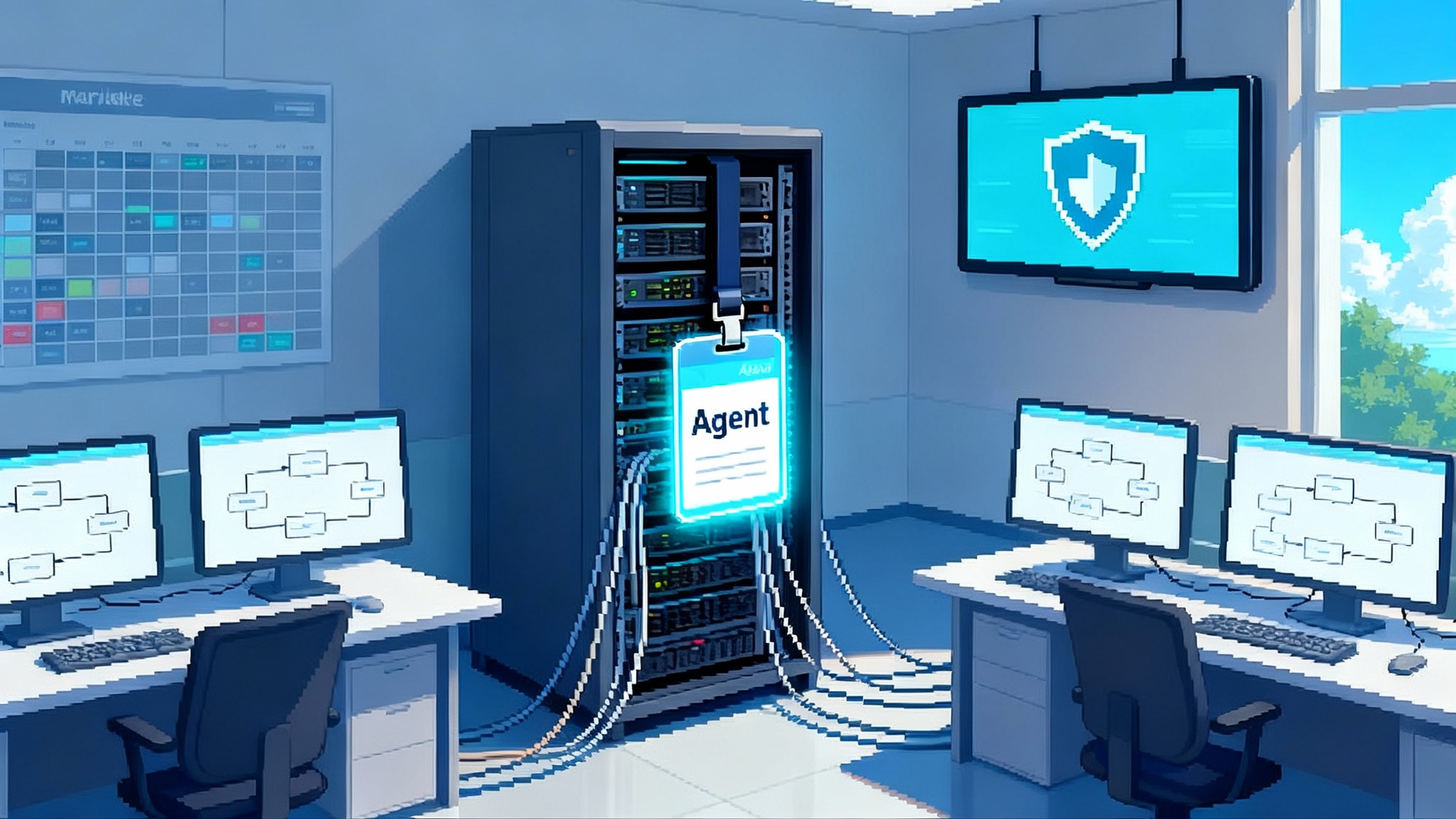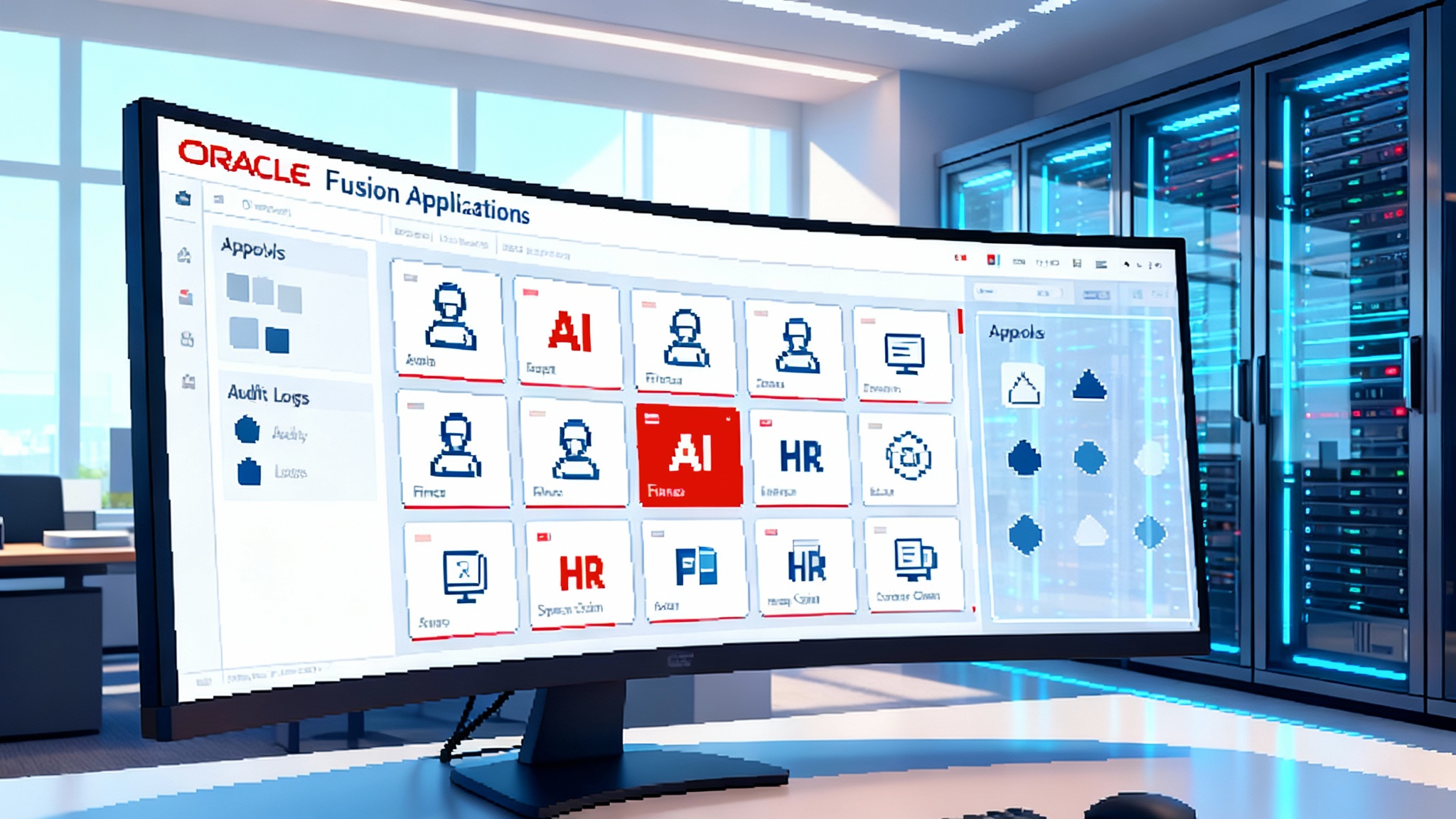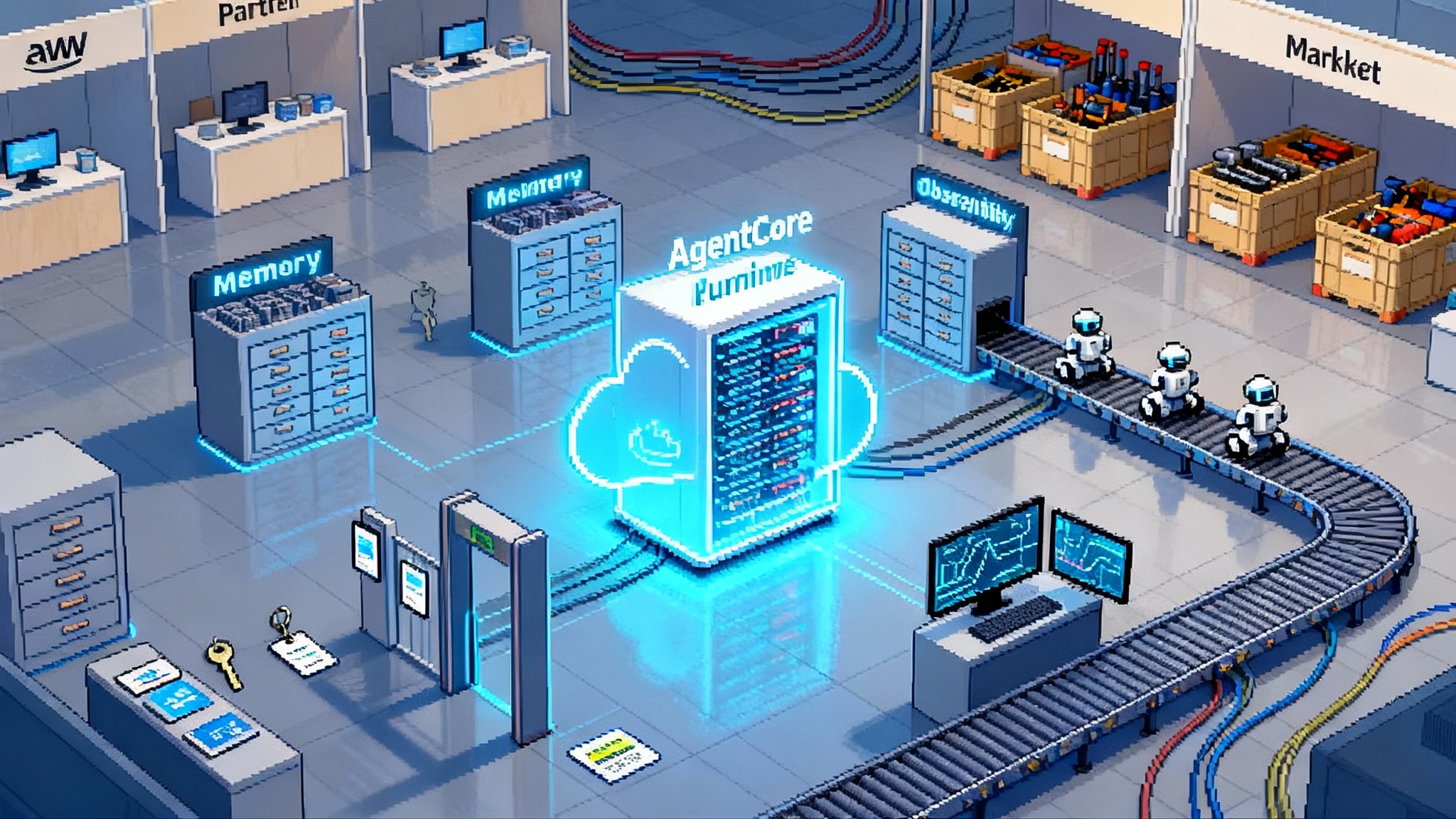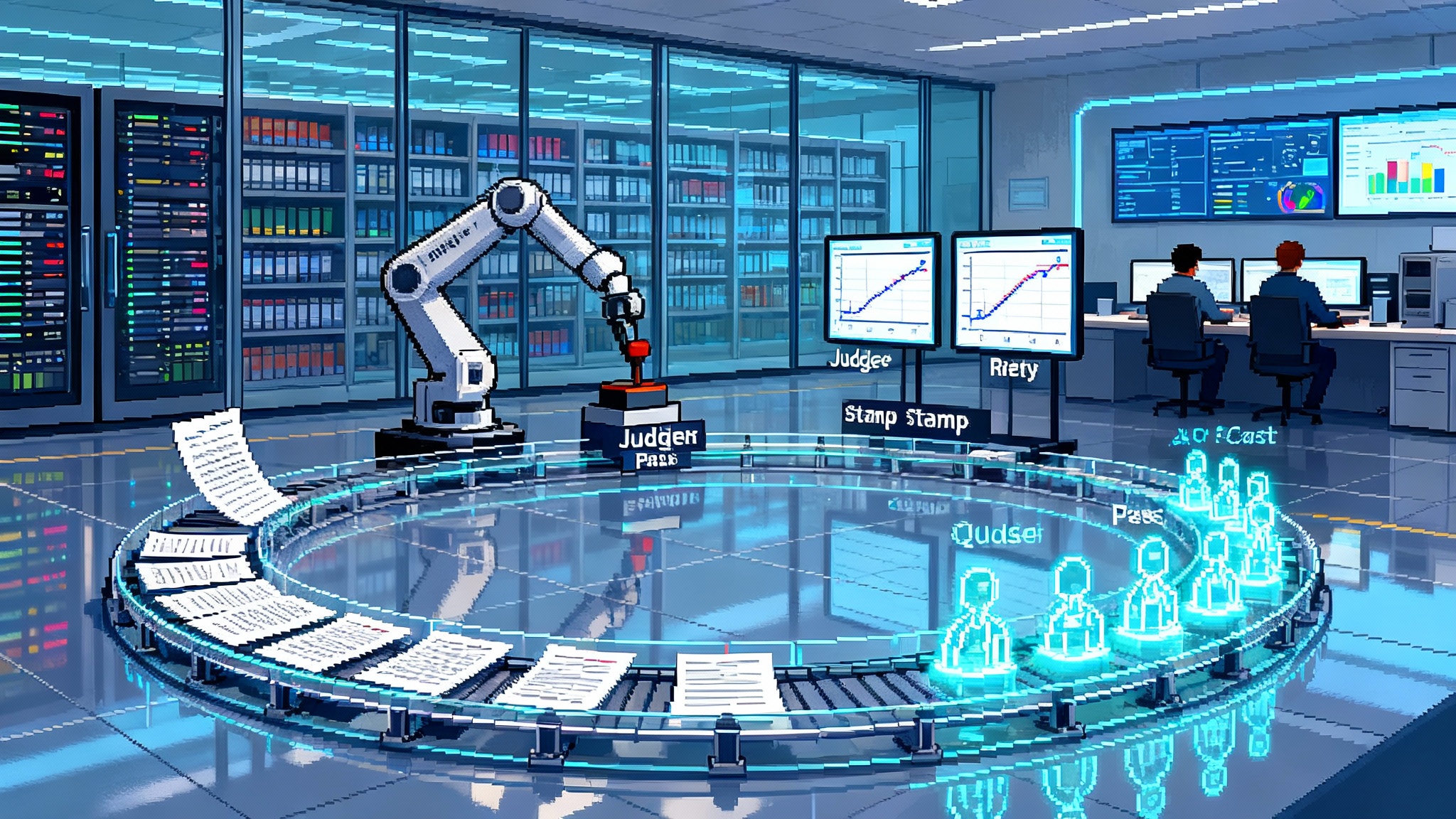AgentiX Arrives: AI Agents Take the Wheel in the SOC
Palo Alto Networks launched AgentiX inside Cortex Cloud 2.0 on October 28, 2025, positioning autonomous responders as the new engine of the SOC. Learn what to evaluate, which metrics matter, and how to run a safe 90-day pilot.

The debut that signals a turning point
On October 28, 2025, Palo Alto Networks introduced Cortex Cloud 2.0 and a new agentic layer called AgentiX, positioning it as a workforce of autonomous security agents that can investigate and resolve issues across cloud and security operations. The company described agents trained on a large corpus of real-world responses and designed with human oversight. This launch is not a small feature; it reframes how a security operations center works. Instead of living in a queue of alerts, teams can ask an assistant to plan, test, and carry out the fix, then review or approve the action. Palo Alto presented this shift plainly in its announcement of the new platform and its agentic layer, including a unified Cloud Command Center built to guide remediation paths. You can read the official description in the press release for Palo Alto's Cortex Cloud 2.0.
Why the SOC will lead the agent era
Security operations is the first enterprise function where autonomous agents make immediate sense. Four conditions come together in a SOC that are hard to find elsewhere:
- Rich, structured telemetry: endpoints, identities, network flows, cloud runtime, and application logs arrive in normalized formats, which gives agents dependable raw material to reason over.
- Repeatable playbooks: common cases such as phishing triage, token theft, malware detonation, and misconfigured cloud privileges already have standard operating procedures. This gives agents a map to follow.
- Actionable controls: the SOC already has the keys to isolate hosts, revoke tokens, block domains, quarantine mail, and patch systems. Agents can do more than chat; they can act.
- Human checkpoints: security is accustomed to approval flows, audit trails, and incident postmortems. This culture makes human-in-the-loop oversight a natural fit.
Think of a modern SOC as an airport control tower. Analysts handle the outliers and coordinate complex traffic, while routine routing, checklists, and safety interlocks can move to automation. Agentic responders extend this model. They are not simply bots that follow a script. They plan, retrieve context across systems, decide among options, and execute, all while respecting the guardrails you define.
As autonomy grows, identities and policies become first-class design elements. That is why many teams are evaluating how agents are represented inside IAM and audit systems, a topic explored in our perspective on agents as first-class identities.
From alerts to actions: what agentic responders actually do
An agentic responder goes through a cycle that looks like an experienced analyst working at machine speed:
- Interpret intent and policy. The agent receives a task such as "triage this phish" or "contain lateral movement from host X." It first checks policy. Are there sensitive users involved, or business hours constraints, or geography restrictions? Which actions require approval?
- Gather evidence. It pulls context from email security, endpoint telemetry, identity logs, cloud runtime signals, and threat intelligence.
- Propose a plan. It drafts a sequence of actions with decision points. For example, enrich sender domain, check URL reputation, detonate attachments, find lookalike domains, identify affected users, then quarantine and retroactively purge if confidence exceeds threshold.
- Dry run or simulate. Before taking an action, the agent shows what would change. This is the safest default.
- Execute and verify. With approval or within its autonomy bounds, it carries out the plan, then verifies that indicators are no longer present and business services are unaffected.
- Log and learn. Every step is recorded with inputs, outputs, and rationale, which becomes training data for future decisions and evidence for auditors.
This matters because it moves the center of gravity from alert triage to outcome delivery. In practical terms, that could mean closing a spearphish incident in minutes with consistent quality, or rolling back a risky identity change before a blast radius expands. The SOC becomes a place where humans decide strategy and set policy while agents execute the tactical grind.
For organizations running across multiple vendors, orchestration and governance need a common pane of glass. Teams pursuing multi-stack operations often look for mission control patterns like multi-vendor agent mission control to coordinate agents, logs, and approvals in one place.
Where AgentiX fits next to XDR and SOAR
Abbreviations matter here, so let’s define terms:
- XDR stands for Extended Detection and Response. It fuses telemetry and detections across endpoints, identities, networks, and cloud to create incidents with richer context and fewer blind spots.
- SOAR stands for Security Orchestration, Automation and Response. It enables teams to build playbooks that connect tools, enrich alerts, and automate responses.
- XSIAM stands for Security Intelligence and Automation Management. In Palo Alto’s portfolio, XSIAM combines analytics, automation, and a data layer to run the modern SOC.
AgentiX is not a replacement for any of these. It is an agentic layer that sits alongside and on top of them. XDR and XSIAM supply the normalized data and prioritized incidents. SOAR provides the integration fabric and playbook building blocks. AgentiX uses that substrate to create and run autonomous agents that can decide and act within policy in those same environments. In Palo Alto’s framing, AgentiX is accessible inside XSIAM, XDR, and Cortex Cloud, and can also operate as a standalone platform for broader enterprise workflows beyond security.
A helpful way to visualize this stack: XDR is what tells you what is wrong, SOAR is how you wired your tools together, XSIAM is the decision and data engine that sees the big picture, and AgentiX is the set of doers that plan and execute the fix with human supervision.
What to evaluate before you turn agents loose
If you are piloting agentic responders in the SOC, a careful evaluation keeps you fast and safe. Focus on five areas and ask concrete questions.
- Guardrails and permissions
- Can you scope agent authority by role, asset class, time of day, and risk level?
- Are high-impact actions, such as account disablement or mass email purges, enforced to require approval?
- Can you set confidence thresholds for autonomous action versus human review?
- Are model prompts and tools locked down so the agent cannot pull secrets or operate outside of your policy?
- Activity logs and explainability
- Do you get step-by-step logs of what the agent saw, decided, and did?
- Is rationale captured in plain language alongside inputs and outputs?
- Can you export evidence for audits and incident reports, and is the log immutable?
- Does the system preserve prompts, tool calls, and parameter values so an analyst can replay or diff behavior?
- Rollback and blast radius control
- Can you preview a dry run of changes with a precise diff?
- Is there a single-click rollback for each action and a time-bound safety window?
- Do agents test changes in a sandbox or canary scope before enterprise-wide rollout?
- Can you set rate limits and concurrency caps to avoid cascading failures?
- Playbook provenance and trust
- Are playbooks signed and versioned with clear authorship, change history, and test coverage?
- If the agent modifies a playbook, is that change isolated to a branch until it is reviewed?
- Does the platform provide templates vetted by your vendor and the community, and can you mark which ones are approved in your environment?
- Is there a way to attribute an agent decision to a specific playbook version, intelligence source, or policy rule?
- Portability and the vendor lock-in question
- Can you export your workflows and approval policies into open formats or code repositories?
- Does the agent layer support common integration patterns and standards such as webhook triggers, OpenAPI specifications, or modern agent tool protocols that reduce switching costs?
- Can the agents act on third-party tools as first-class citizens, not just the vendor’s own stack?
- If the vendor offers a standalone agent platform, what are the licensing boundaries and how easy is it to move agents between products?
Translate these questions into acceptance criteria for your pilot. The right answers show that a vendor understands that autonomy without control is a liability. The best platforms treat governance as a core feature, not an afterthought. If you plan to scale agents beyond security into IT and business workflows, it helps to adopt repeatable delivery patterns for moving from demo to deployable agents.
Early metrics that matter
Agentic SOC pilots live or die by the metrics you choose. These are the ones that expose real impact.
- Mean time to remediate for top incident classes. Track from detection to confirmed fix, not just to first touch.
- Percent of incidents auto-closed with zero reopen. This is a quality signal that the agent’s actions stick.
- Approval-to-action ratio. If humans are approving every step, tune the autonomy thresholds or re-scope the use case.
- Rollback rate and causes. A small, stable rollback rate is healthy. Spikes indicate playbook drift or poor scoping.
- Analyst time returned to higher-value work. Measure hours previously spent on rote triage or enrichment that are now reallocated to threat hunting or purple team drills.
- False positive suppression. Track how much noise the agents prevent from ever reaching a human.
Avoid vanity metrics such as total actions executed. Volume is not value. Focus on outcomes, stability, and trust.
Competitive heat: what Microsoft and CrowdStrike are doing
Palo Alto’s move lands in a market that is converging on the same idea: agents that deliver outcomes with bounded autonomy and human control. Microsoft expanded its Security Copilot with a set of agents across phishing, insider risk, vulnerability remediation, conditional access drift, and more. The company describes how these operate and where preview availability stands in its write-up on Microsoft Security Copilot agents. Microsoft’s framing emphasizes integration across Defender, Entra, Intune, and Purview, plus responsible AI guardrails, which will resonate with organizations deeply invested in that stack.
CrowdStrike has also been vocal and fast. Over the past year it brought forward Charlotte AI Detection Triage, then expanded into agentic response and workflows, and introduced no-code agent builders under the AgentWorks banner. Its message centers on expert-in-the-loop autonomy trained on decisions from managed detection teams and on performance improvements through partnerships in the reasoning model ecosystem. The net takeaway is clear. The three largest platform vendors are racing to prove that agents can deliver reliable outcomes in the SOC at scale.
What AgentiX signals for the 2026 roadmap
Two practical timelines matter for planning. First, Palo Alto says Cortex Cloud 2.0 is available now and that automated upgrades to the 2.0 release will roll out to customers in the first half of 2026. Second, public statements around AgentiX point to the standalone platform being available on a near-term horizon. Pair those with the obvious competitive pressure from Microsoft’s agents and CrowdStrike’s agentic features, and you can sketch a 2026 market where:
- Autonomous triage becomes table stakes. Expect phishing, endpoint detection triage, insider risk triage, and identity hygiene to be largely automated with human review gates.
- Agent builders become productized. No-code builders, policy templates, and approval workflows will move from early access to supported features, with enterprise governance controls hardened by real audits.
- Data and control plane convergence accelerates. Vendors will pull more data and action endpoints into a single policy envelope so agents can plan and act across identity, endpoint, cloud, and apps without brittle integrations.
- Proof of provenance and rollback become differentiators. The ability to show where a decision came from, to export the evidence chain, and to revert changes reliably will separate trusted platforms from flashy demos.
For buyers, this signals a shift in how to evaluate roadmaps. Ask not only what an agent can do, but how it learns safely, how you supervise its actions, and how it will interoperate with the rest of your enterprise stack two years from now.
How to run a safe 90-day pilot
You can validate agentic SOC value quickly without taking on outsized risk. Here is a practical plan.
- Weeks 1 to 2: Choose three workflows that already have stable playbooks and measurable outcomes. Good candidates include user-reported phishing triage, endpoint malware containment and cleanup, and revoking stale privileged tokens. Define success in numbers before you start.
- Weeks 2 to 3: Map permissions and guardrails. Create agent roles for low-impact actions that can run without approval. For medium- and high-impact steps, require approval and set confidence thresholds. Document who approves what.
- Weeks 3 to 4: Build and test in a sandbox. Run the agent in dry-run mode and require a complete diff for every proposed change. Add rate limits and canary groups. Capture logs and mark any gaps in rationale or evidence.
- Weeks 5 to 8: Move to limited production. Keep approval gates for destructive actions. Track the metrics listed above. Hold a weekly review where analysts annotate false positives, near misses, and ideas for new guardrails.
- Weeks 9 to 10: Expand scope carefully. Add one more workflow that stresses cross-domain action, such as isolating a cloud workload while revoking identity tokens and blocking indicators at the firewall.
- Weeks 11 to 12: Decide and harden. If results meet targets, widen autonomy where safe, codify rollback procedures, and formalize evidence export for audit. If not, pause and fix the gaps before expanding.
This pilot puts you in control. It also turns your internal feedback into training data, which improves the agent’s next cycle and increases trust with your auditors.
Action list for buyers
- Require human-in-the-loop for any high-impact action during pilot. Expand autonomy only after rollback rates stabilize.
- Demand full activity logs with rationale, inputs, and outputs that you can export.
- Insist on dry-run diffs and sandbox tests for any change to identity, mail, or access controls.
- Treat playbooks like code. Use version control, code review, and signed releases.
- Push for portability. Ask vendors how you can move agents and workflows across products, and which open formats and integration standards they support.
- Validate cost-to-outcome. Price the agent by the outcomes it replaces, not by seats or vague capacity units.
For a broader context on how agents will coexist with your office stack and cross-tool workflows, see our take on multi-vendor agent mission control and how to progress from demo to deployable agents.
The bottom line
AgentiX’s debut makes something plain. The SOC is crossing from dashboards to doers. With guardrails and human oversight, agentic responders can turn the tedious middle of incident response into a reliable, well-lit path from signal to fix. The winners in 2026 will not be the vendors who shout the loudest about autonomy. They will be the platforms that show their work, export the evidence, reverse cleanly, and invite your policies to sit in the driver’s seat. If you pilot with discipline now, you will enter that future with proof, not promises.








